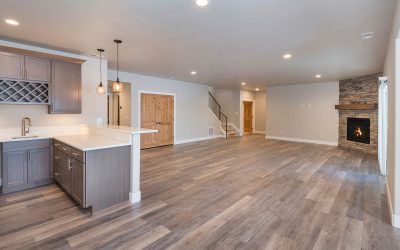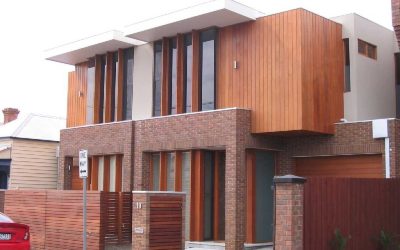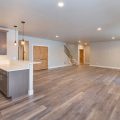Box Gutter Design
What are the advantages of modern box gutter design and in what way are they a great investment while renovating or building?
Failing to install appropriately designed box gutters and correctly sized and positioned overflow devices can lead to serious damage to buildings and contents – especially in shed and flat house roof designs – often resulting in hefty insurance claims which are a total burden.
Box gutters must be designed and installed so they comply with the following general installation requirements.
Box gutters must:
- be straight (without a change of direction);
- have a horizontal constant width base (sole) with vertical sides in a cross-section;
- have a constant longitudinal slope between 1:200 and 1:40;
- discharge at the downstream end without change of direction (i.e. not to the side);
- be sealed to the rainheads and sumps;
- the sole width of the box gutter is not to be reduced towards the outlet without a proportional increase in depth; and
- discharge through either a rainhead or sump.
Architects and draftsmen are reminded that any roof drainage system including box gutters and eaves gutters need to be designed and installed with an appropriately sized overflow provision. To avoid problems, plumbers need to calculate the hydraulic capacity of a box gutter and when designing overflow devices, consider whether the discharge of the box gutter is to:
- a rainhead
- a sump with a side overflow device; or
- a sump with a high-capacity overflow device.
All of the above options provide overflow provision to the box gutter. The hydraulic capacity of these overflow devices must not be less than the design flow for the associated gutter outlet and must discharge to the atmosphere. Depending on the complexity of the system a civil engineer may be required to perform the calculations. Contact our expert building designers to know more about box gutter and overflow designs.













